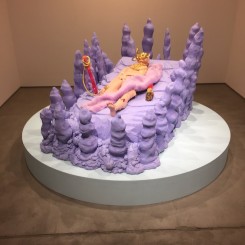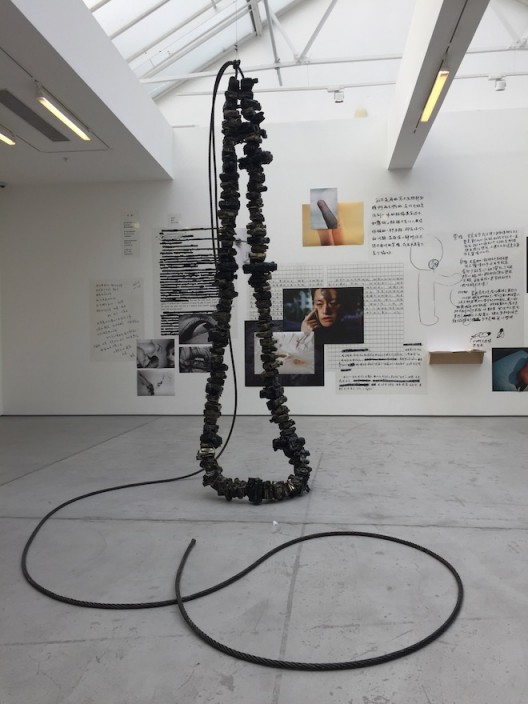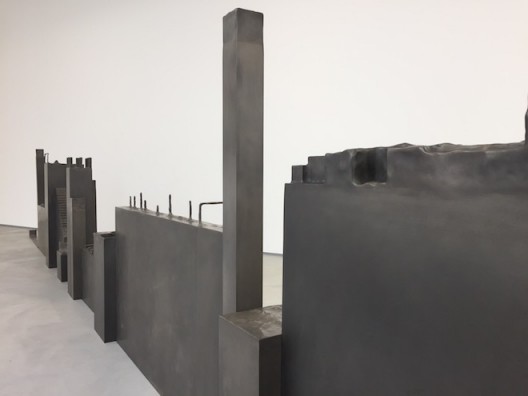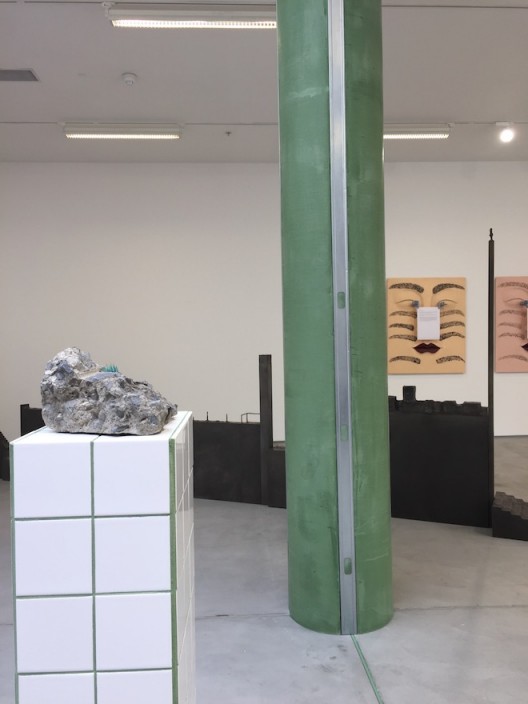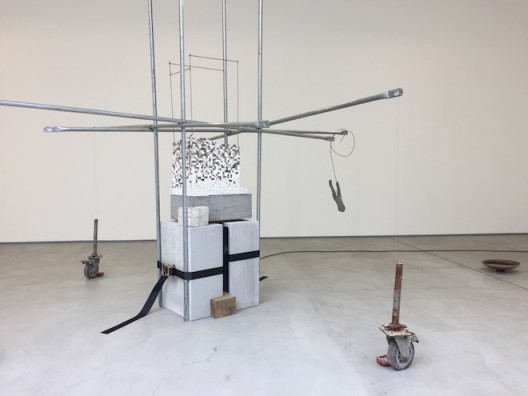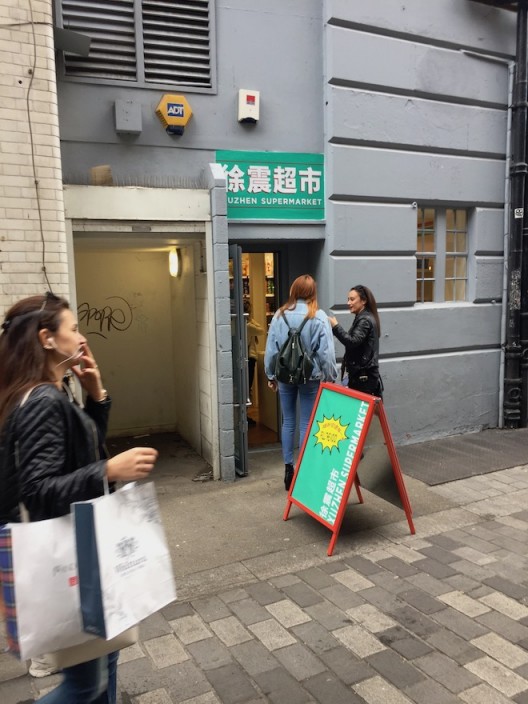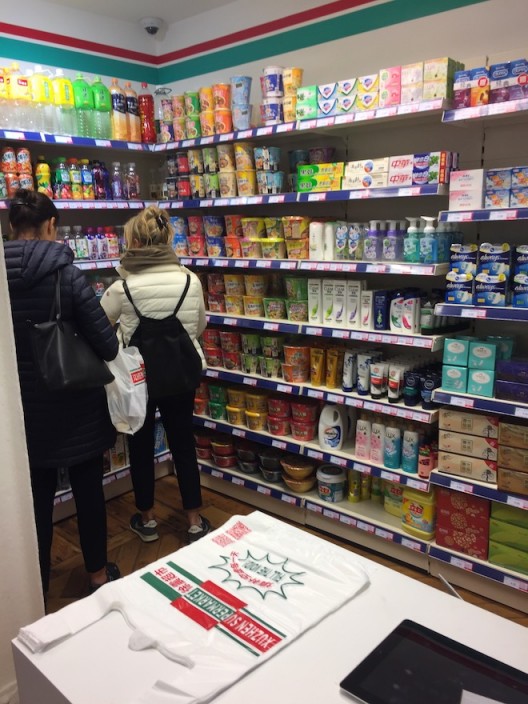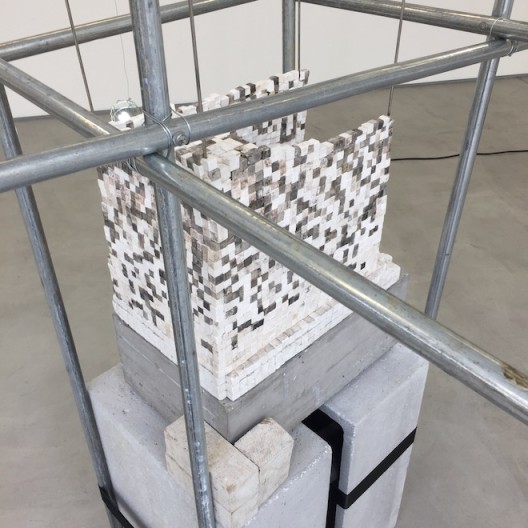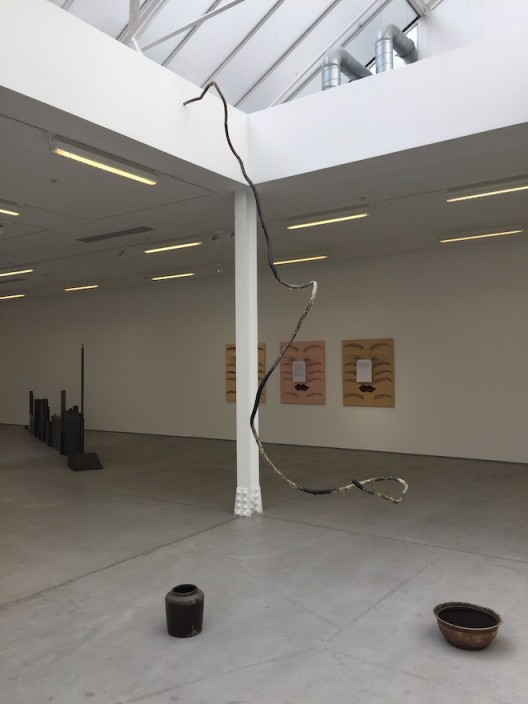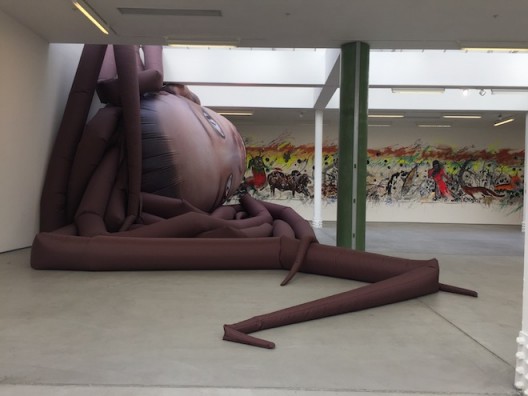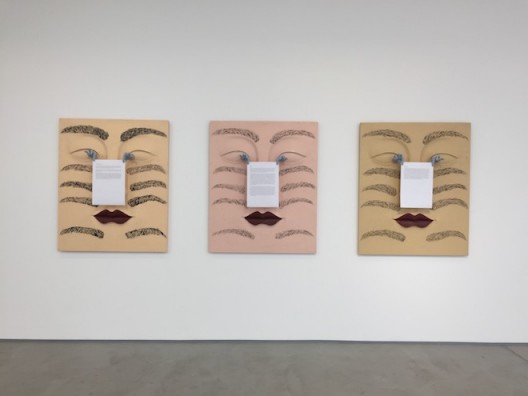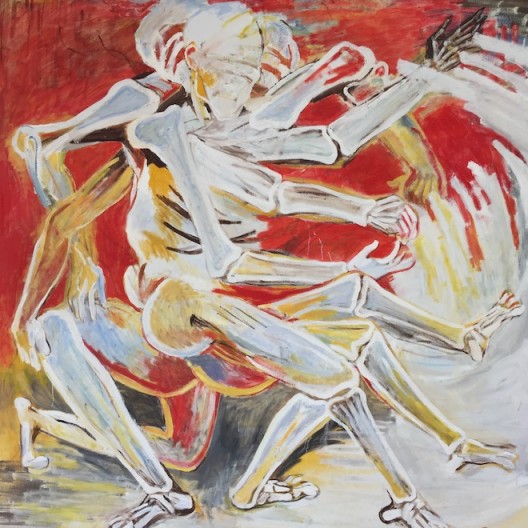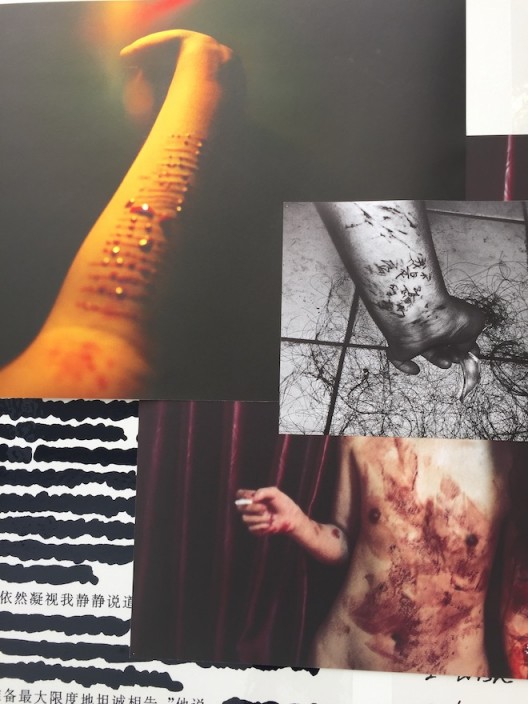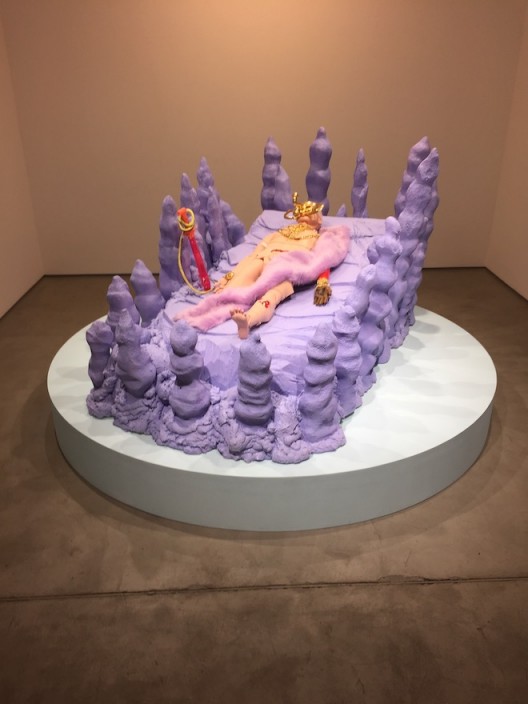‘Zhongguo 2185’
Chen Zhe, Chen Tianzhuo, Lu Pingyuan, Lu Yang, Nabuqi, Sun Xun, Tang Dixin, Xu Qu, Yu Ji, Zhang Ruyi
Curated by Victor Wang
Xu Zhen
‘Xu Zhen Supermarket, 2007/2017’
Sadie Coles HQ (62 Kingly Street, London), Sep 21–Nov 5, 2017
A long time ago, in a galaxy far, far away, a possible future ended. Only some archaeological documents remain. Liu Cixin’s utopian short story “Zhongguo 2185”, written in the 1980s and published as samizdat in 1989, speaks of this spectral future. “Zhongguo 2185” envisions a future in which a democratic China, led by a female president, is forced to shut down the power network to stop a cybernetic insurgency helmed by one of six virtually resurrected brains—Chairman Mao’s.
Utopian science fiction is often critical but nonetheless hopeful. Hollywood science fiction is often simply dystopian, speaking of a dark, corrupt, totalitarian, and corporatist AI future—Blade Runner, Alien, Terminator, Total Recall—a form established in the Reagan presidency in the 1980s. Anxious things. “Zhongguo 2185” is a utopia with human characteristics, and it is prescient: power supply vs data supply, cybernetics and humanism, gerontocracy and paternalism, generational conflict and gender equality. Of course, the contradictions inherent in a vast quasi-socialist-capitalist-authoritarian state inevitably encourage a flexible approach to perspective. Not that this is germane to China alone. Look to the quasi-democratic-capitalist-authoritarian state of America now. Indeed, there is a possible future in which America becomes Chinese. And one in which China has become American. And the thing is, maybe they already have.
Zhongguo 2185 is a small survey of artists born after the end of the Cultural Revolution, 1966-1976, following the death of Mao the same year. The question begged but left unanswered is whether such group shows actually do anything for artists from China. “Chinese Contemporary Art” shows have become a convenient ghetto for people who don’t live there.
Dominating the exhibition is Lu Yang’s giant blow-up spider-gorgon self-portrait. Who is this alien?—Shelob from Lord of the Rings or Alice in Wonderland? Maybe it’s not safe. (Lu Yang is never safe). Behind the Dirigible Me is “Power of Will—Final Shooting” (2016), wherein her avatar hops between a mashup of earlier works. It’s a taste of what a Lu Yang show could do (like the brilliant “Welcome to Lu Yang Hell” exhibition in Berlin’s Société gallery this year).
Some things work better than others, often the quieter ones. Zhang Ruyi’s intervention-installation in the gallery’s architecture, rounding iron columns and filling gaps in the floor, makes common domestic design elements in China virulent. Nabuqi’s steel Great Wall “video game” narrative is deceptively plain. It is two-dimensional but heavy. Yu Ji’s sculptural assemblages have grown larger and more complicated over the past 10 years. They are elegant and confounding, magic boxes where you can see all the workings but still not understand how the trick itself works. Lu Pingyuan’s short stories pasted onto odd pictures of cat faces are beguiling and possibly refer to another science fiction novel, Lao She’s satirical dystopia “Cat Country”. First published in 1932, when the Kuomintang was in power, Cat Country, set on the planet Mars, critiqued a culture in decline.
Downstairs, separate from “Zhongguo 2185” but also really part of it, is “Xu Zhen Supermarket, 2007/2017”, a pop-up Shanghai 24/7 shop, complete with pristine products and crappy plastic bags. You can buy at a 1:1 exchange rate, so a RMB 4 can of soda costs GBP 4. But all the products are empty. All you are buying is literally their face value. First shown at Art Basel Miami Beach in 2007 and subsequently in Singapore and at the Kunsthaus Graz in 2015, the joke doesn’t wear thin but seems even to be gaining relevance in post-Brexit London.
Some things work less well than others. Xu Qu, a student of John Armleder, makes Buddhist prayer beads out of defunct police surveillance cameras (“Occupation” 2017). It’s a point well made but a bit obvious. Meanwhile Chen Zhe has a photo-montage diary of self-harm and mental illness. As Slavoj Žižek said, enjoy your symptom! It is more art as therapy than vice versa. I am curious but somehow a group show seems a strange place to show this—more biography and psycho-tourism than art history. It needed a quieter space for contemplation. I am also very uneasy about feminine identity being equated so simplistically with pain when there is an at least 50-year history of visceral and politically charged feminist performance art. Tang Dixin’s paintings work best from a distance, less so from close-up. Reluctantly I would term his style Chinese vernacular expressionism but it is not sufficiently original (yet) to be compelling. I want it to be, but it’s not there yet. Compare his paintings with the Sun Xun tableaux on the opposite wall. Generally speaking, few in the West have any proper understanding of Sun Xun yet. William Kentridge is a strong influence and maybe somewhat Raymond Pettibon but Sun’s work is engrossed with the cultural and political history of China of which Westerners still remain largely ignorant. If a comparison is needed, in spirit he is more Daumier or Hogarth than Kentridge.
In a separate antechamber, thankfully, one of Chen Tianzhuo’s kitschy avatars lies in state. Ok, I get it, but is that all there is? Yes, that’s all there is. Chen proves it is possible to drown in the shallows.

